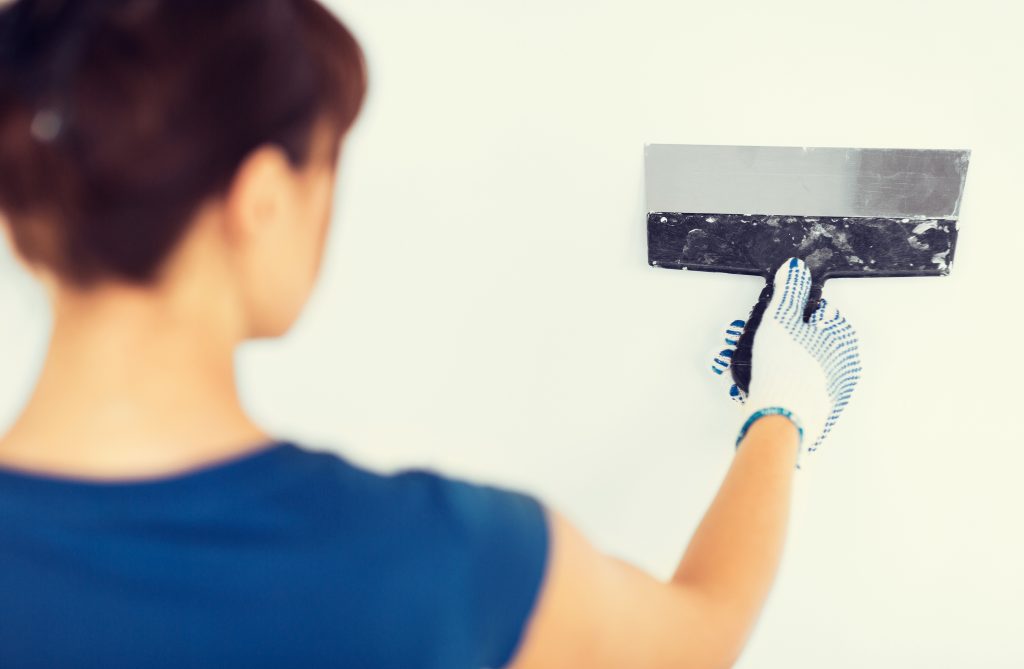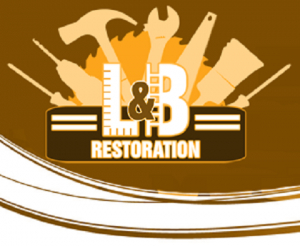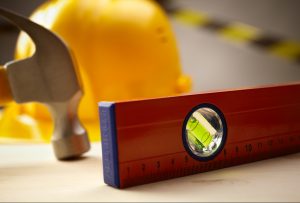Remodeling a home can bring to light many unexpected surprises, like an old plaster-over-lath wall for instance. Many homeowners immediately feel the urge to rip down plaster and replace it with drywall. But sometimes, a plaster wall can be salvaged if done correctly. Continue reading to learn how to patch a plaster wall and more!
Patching Plaster
Plaster is applied to latticework, or laths, which are basically narrow boards or strips of wood that create a framework for a wall. Overtime, plaster can pop off its laths. Sometimes, if the plaster is firm and falls off in large pieces, they can simple be reattached and re-sealed. Other times, crumbled or soft plaster will need to be completely removed down to the latticework and to the outer edges of firm plaster, and then re-done from start to finish. Either way, patching up a plaster wall is possible and can be done all on your own with the right tools and knowledge.
How to Get Started
First, gather all your necessary supplies. You will most likely need a chisel, a trowel, lime putty (combination of hydrated dolomitic lime and water), clean dry cloths, fiberglass mesh tape, angle plane or drywall screen, a bonding agent, a mixing board, and a colorless sponge.
With all supplies ready to go, use the chisel to remove the old plaster from between the latticework. Be sure to wipe away all the loose plaster crumbs, dust, and debris.
Now, use your angle plane or drywall screen to smooth out the hole around the plaster. Next, apply the bonding agent over the latticework, as well as, all the plaster that is to be patched or re-coated.
Cover all of this, except for the small cracks, with your fiberglass mesh tape.
Next, prepare your lime putty by combining your hydrated dolomitic lime with water until you get a consistency similar to yogurt. Allow the lime to disintegrate in the water for at least 20 minutes, until a thin layer of water rests on the top. This ensures even re-hydration.
Apply a heap of the putty to your mixing board in a ring shape. Pour some bonding agent in the center and continue to mix in handfuls of gauging plaster until you achieve the proper consistency.
Use your trowel to mix all of this until you get a dough-like result. Apply this mixture to the exposed laths and around the edges of the holes, using firm pressing motions. Leave a slight decompression for the final coat later on.
Cut out another sheet of fiberglass mesh at a size that matches the hole and firmly press it into the wet plaster.
Mix another batch of the lime putty mixture, this time using less gauging plaster to get a softer product that’s easier to work with.
Apply a thin and final coat over the mesh and previously-lain plaster. Use your sponge to touch up any inconsistencies or imperfections on the wall.
Wait at least 30 minutes for everything to dry. Sanding should be necessary!
Professional Drywall and Plaster Patching Services
Patching up a plaster wall is not a novice job. It takes practice and a bit of handyman knowledge to do a good job. For this reason, most homeowners would better benefit from hiring a licensed general contractor for accurate and professional drywall or plaster wall repair services. And you’d be surprised just how inexpensive these services cost.




